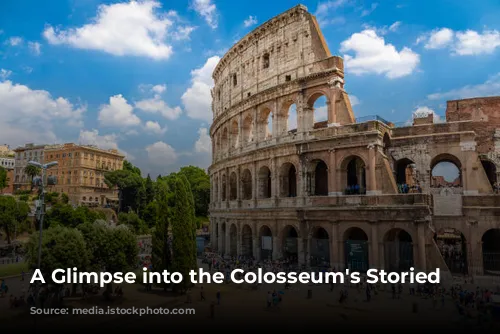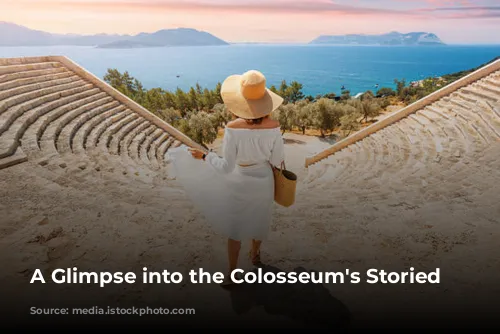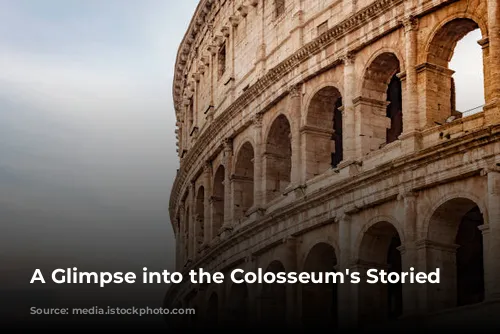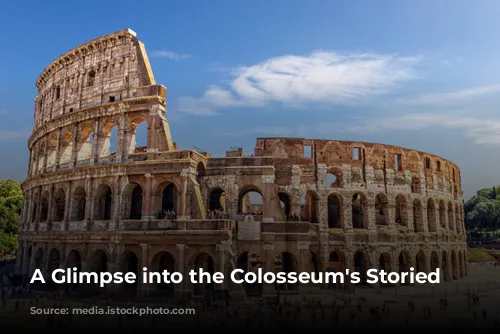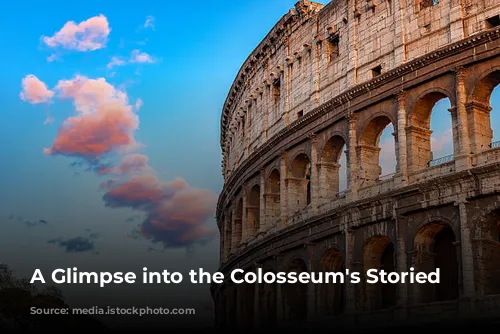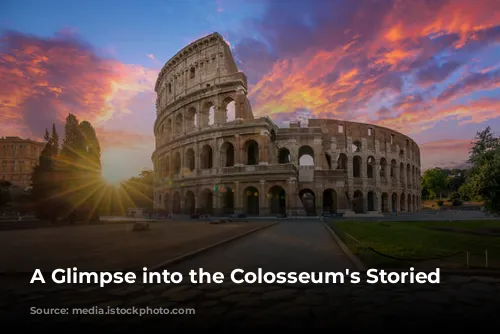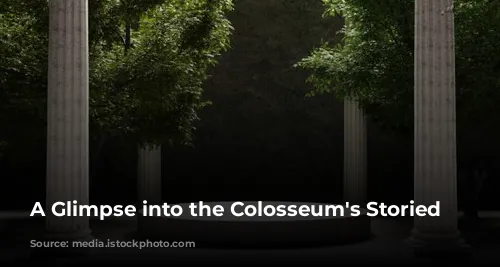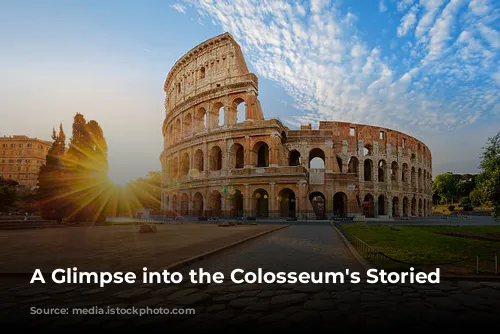The Colosseum, a towering symbol of ancient Rome, boasts a history as rich and layered as its majestic architecture. From its beginnings as a gladiatorial arena teeming with thrilling spectacles to its present-day status as a global icon, the Colosseum has witnessed the rise and fall of empires, the changing tides of history, and the evolution of human civilization.
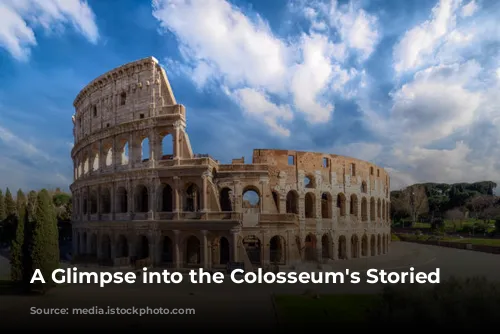
A Monument to Power and Entertainment
Imagine the roar of the crowd as gladiators clashed in mortal combat, the thunderous stomp of wild beasts pacing in the arena, the vibrant tapestry of life unfolding before the eyes of tens of thousands. The Flavian Amphitheater, as it was initially known, was built as a testament to the might of the Roman Empire, a lavish gift to the Roman populace from Emperor Vespasian after the tumultuous reign of Nero.
Vespasian’s son, Titus, officially inaugurated the Colosseum with a grand spectacle that lasted for 100 days, showcasing the Empire’s grandeur and its ability to provide spectacular entertainment for its citizens. Construction was finally completed under Domitian, Titus’s younger brother, in 83 AD.
The Colosseum, a colossal structure capable of accommodating around 50,000 spectators, became the heart of Roman entertainment. However, the era of gladiatorial combat and wild animal hunts eventually came to an end. The last documented gladiatorial contests occurred around the end of the 1st century AD, but the Colosseum continued to serve as a venue for other forms of entertainment for several centuries.
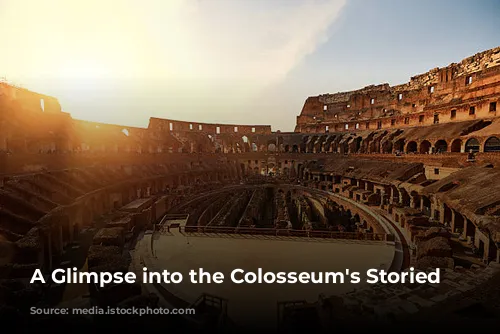
From Arena to Fortress
As the Roman Empire’s power waned, the Colosseum fell into disrepair. The once vibrant arena became a cemetery, its hallowed ground used as a resting place for the dead. The vast underbelly of the structure transformed into makeshift homes and workshops for ordinary citizens, and a chapel was added to its walls, a testament to the changing religious landscape of the city.
The Frangipani family, a powerful Roman clan, took possession of the Colosseum and turned it into a fortified castle, further altering its purpose and character. But even the Frangipani’s influence couldn’t protect the Colosseum from the ravages of nature. A devastating earthquake in 1349 dealt a severe blow to the structure, causing significant damage to its outer walls.
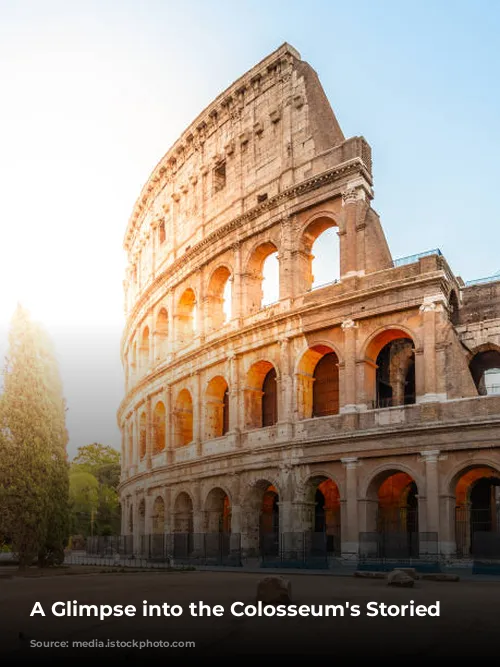
A Symbol of Resilience
The Colosseum continued to decline, its once-glorious stones being scavenged for use in other buildings, a sad testament to the city’s need and the Colosseum’s vulnerability.
However, the building found a new lease on life thanks to the intervention of Pope Benedict XIV. In 1749, he declared the Colosseum a sacred site, believing it to be consecrated by the blood of Christian martyrs. This declaration helped to curb the rampant looting of the Colosseum and set the stage for its preservation.
Throughout the centuries, the Colosseum has undergone numerous restoration projects, ensuring its survival. In the 19th century, a major restoration project cleaned the facade, revealing the building’s original grandeur and restoring its beauty.
Today, the Colosseum stands as a powerful symbol of Rome’s enduring legacy and its ability to adapt and thrive. It draws millions of visitors every year, its iconic silhouette recognized worldwide.
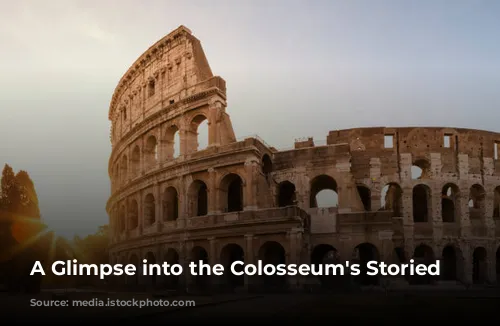
A Legacy That Endures
The Colosseum, a monument to both the grandeur of Roman power and the resilience of time, continues to inspire awe and wonder. Its story is a reminder of the ever-changing nature of human civilization, the cyclical rise and fall of empires, and the power of history to shape our present. The Colosseum stands as a testament to the ingenuity and creativity of ancient Rome, a reminder of its enduring legacy, and a beacon of hope for future generations.


